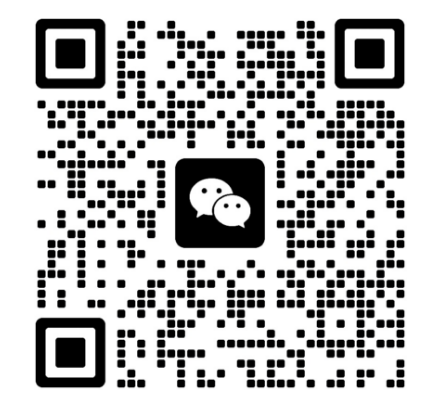Innovative application of wireless temperature monitoring system: ensuring data security and accurate measurement
1. Working principle of wireless temperature monitoring device
Wireless temperature monitoring device usually consists of three parts: temperature sensor, wireless transmission module and power system. The temperature sensor is responsible for capturing the temperature information in the environment and converting it into electrical signals; the wireless transmission module uses a variety of wireless communication technologies such as Wi-Fi, Bluetooth, LoRa, NB-IoT, etc. to package these data and send them to the distant receiving end; the power system ensures that the entire device can work continuously and stably. This design makes temperature monitoring no longer limited by geographical location. Whether in spacious warehouses, complex production lines or remote areas where wiring is difficult, temperature monitoring can be easily achieved.
2. Security guarantee in data transmission
In the process of data transmission, the accuracy and security of data are crucial. To ensure this, the wireless temperature monitoring device adopts advanced communication protocols and encryption technologies. On the one hand, by selecting lightweight communication protocols designed for the Internet of Things such as MQTT and CoAP, the delay of data transmission is effectively reduced and the communication efficiency is improved. These protocols support device-to-device (D2D) and device-to-cloud (D2C) communication, providing a solid foundation for the real-time transmission of massive data. On the other hand, encryption algorithms such as AES and RSA are used to encrypt data to prevent data from being stolen or tampered with during transmission, ensuring data security. In addition, through the identity authentication mechanism, only authorized devices can access the network, further enhancing the security of the system.
3. Data processing and analysis capabilities of the monitoring center or cloud platform
When the temperature data arrives at the monitoring center or cloud platform wirelessly, its powerful data processing and analysis capabilities are demonstrated. First, using cloud computing technology, the platform can efficiently store massive temperature data, support long-term historical data backtracking, and provide rich materials for data analysis. Secondly, through data analysis algorithms, such as time series analysis and machine learning models, the platform can automatically identify abnormal temperature fluctuations, issue warnings in time, and effectively prevent equipment damage and product quality degradation caused by temperature out of control. In addition, combined with big data analysis, the platform can also dig out the trends and laws of temperature changes, providing a scientific basis for enterprises to optimize production processes and save energy and reduce emissions.
4. Practical cases to improve measurement accuracy and reliability
Taking cold chain logistics as an example, the application of wireless temperature monitoring devices has greatly improved the temperature control accuracy of goods during transportation. By monitoring the temperature of each point in the carriage in real time, once the temperature deviates from the preset range, the system immediately notifies relevant personnel to take measures, effectively reducing the risk of food spoilage and drug failure. At the same time, the large amount of temperature data accumulated by the platform provides data support for optimizing transportation routes and adjusting insulation measures, further improving logistics efficiency and service quality.





